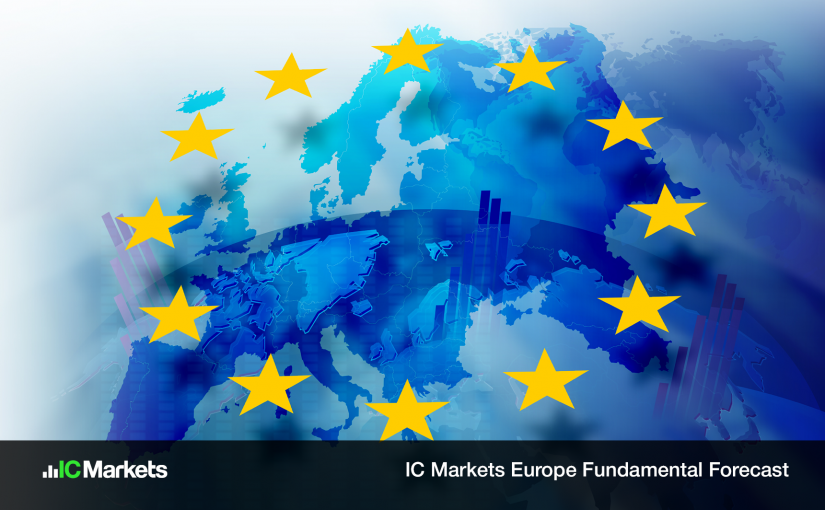Updated May 2020
Regardless of how long you’ve traded a demo account, pulling the trigger in a live trading setting brings with it strong, raw, uninhibited emotion.
Traders, particularly newer traders, enter live trading high on excitement.
Emotional trading, however, often breeds mistakes – errors that may not only wipe out your account, but can also be detrimental to your mindset.
Things You’ll Need to Trade Live:
- A brokerage account. With IC markets, you can open an account with as little as $200. That way, making your first trade need not break the bank should you make a mistake.
- A trading plan. This should be easily accessible during your trading session. It should detail your trading strategy’s rules, and risk and money-management approach. For ideas on how to build a trading plan, consider checking out this article.
- Trading capital. It is often recommended to start small and work your way up. Starting small lets the trader familiarise themselves with risk.
- Position sizing calculator.
- Economic calendar.
- Strong internet connection.
Meet Susan
Susan was first introduced to trading by accident.
Like most, she was sceptical of Forex trading. However, after reading her first book, she was eager to learn more.
Due to her full-time occupation as a teacher, she trades part time, generally sticking to the H1 and H4 timeframes.
For two years, Susan committed herself to understanding this business, reading several books and attending webinars.
About a year into study, she decided price action was a good fit and began testing.
Following a year of testing, with 6 months of consistent results under her belt, Susan felt she was ready to make the leap and opened a live account with a relatively small amount: $5000.
Susan’s First Live Trade
Limit buy order in place? Check.
Protective stop-loss order set? Check.
Take-profit target correctly positioned? Check.
Any high-impacting economic events that can affect the trade? Check.
Risk set at 1% of the account equity? Check.
Let’s hand the reigns over to Susan and see how she’s feeling after going through her checklist with real money now on the line.
I’ve completed the entry process more than a hundred times on demo, but it feels very uneasy in a live environment.
With a coffee in hand, all I can do is watch price action as it starts nearing my buy order. This is the boring part. When I traded demo dollars, I would do other things to kill the time and not really think about it too much.
However, trading with real money I feel I am unable to focus on anything other than price movement.
As time begins to drag, my mind drifts into self-doubt.
To try and muzzle these thoughts, I go outside. Feeling the sun on my face helps bring me back down to earth.
A lot calmer, I return to my office, greeted with the sound of a price alert (this means the currency pair I’m trading is three pips from my entry). Instantly, my heart begins racing.
After two minutes of almost no movement, my order is filled and the first trade is underway. I take a deep breath as I attentively watch price fluctuate around the entry point. It’s difficult to put in words my feelings right now. A part of me is thankful the trade is in motion, while another part is apprehensive.
I pull up my profit/loss value, something I know I should not do (a golden rule in my trading plan), and watch the position value seesaw between negative and positive. This only exacerbates the situation. Considering I am only risking $50, these are not emotions I expected to experience.
After ten minutes the market begins to move in my favour. A sigh of relief rushes over me like a warm blanket on a cold evening. I open my terminal to check the profit/loss value and see green dollars. Although I know I should not do it, it feels so good to see green in my account.
In Closing
Pausing Susan’s story here, we can see she has managed to capture some raw emotion, despite being a moderately experienced demo trader.
As we can clearly see, once you have a tested trading strategy in hand, it’s largely the psychological aspect you must grapple with.
For a trader taking her first live trade, Susan did remarkably well. A trading plan was in place. There was no urge to ramp up leverage. She also noted there was no economic news on the horizon. This is important. In addition, she displayed patience and did not try to jump in the market earlier than her pre-determined entry point.
Nevertheless, Susan had to deal with negative thoughts. This can be destructive since retail trading is often a solitary practice. Each time you interact with the market you need to be 100%. There can be no off days. During demo trading, you’re generally calm and objective. Once real money enters the equation, things change. Look at how restless Susan became. It will take time for her to learn that she has absolutely no say on what direction price is heading. This is where thinking in probabilities helps.
It is said that trading is simple. It is us humans that make it complex.
Try not to focus too much on the result, focus more on the process. Visualise yourself performing well and adhering to the rules of your trading plan. The majority of Forex traders face mental roadblocks.
By controlling risk, following your plan and keeping a cool head, you’ll avoid many of the issues that cripple prospective traders.






